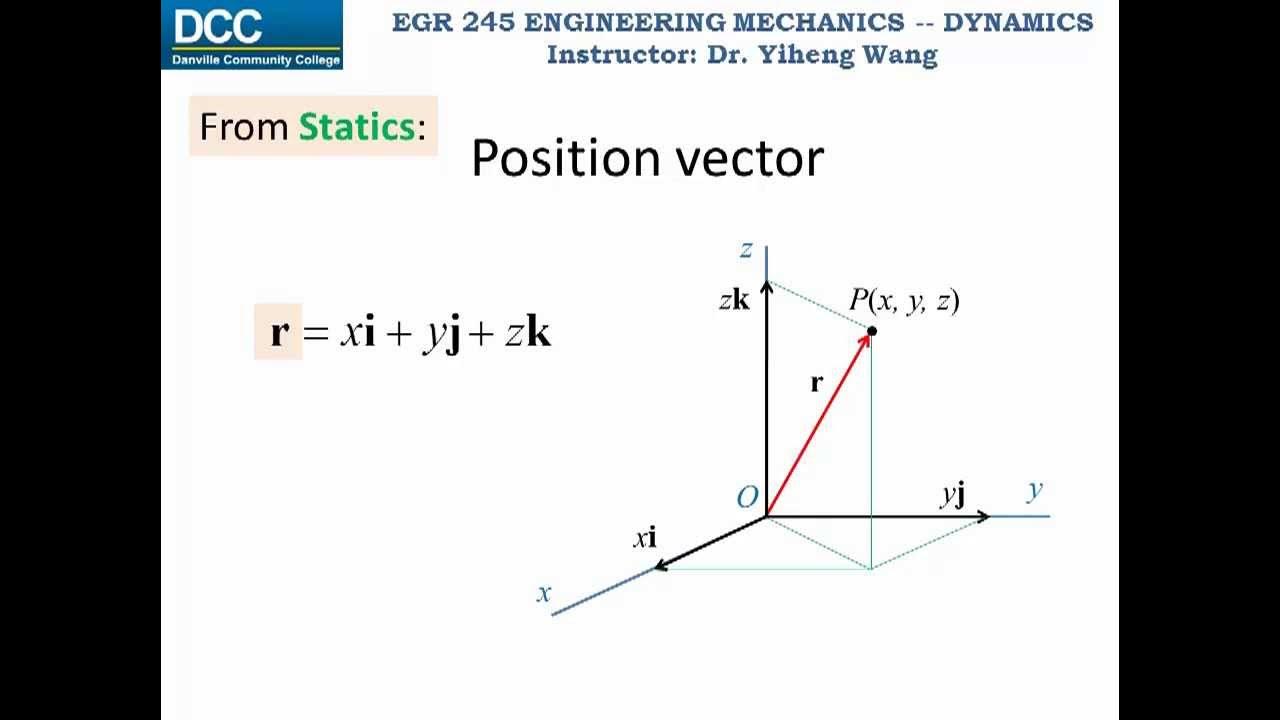CINEMÁTICA. GRÁFICAS DEL M.R.U TEORÍA 1 [APRENDE LOS GRÁFICOS DE POSICIÓN, VELOCIDAD Y ACELERACIÓN]
Summary
TLDRThis video explains the theoretical and qualitative analysis of graphs in Uniform Rectilinear Motion (MRU), focusing on position, velocity, and acceleration. It highlights how to interpret the position-time, velocity-time, and acceleration-time graphs in MRU, where velocity is constant and acceleration is zero. Through practical examples, it illustrates the relationship between position, velocity, and time, helping viewers understand how to read and interpret these graphs accurately. The video aims to equip viewers with the skills needed to solve problems related to MRU, with additional insights provided in a follow-up part.
Takeaways
- 😀 The motion being analyzed is Uniform Rectilinear Motion (MRU), where the object moves in a straight line at a constant velocity.
- 😀 In MRU, the position is represented on the vertical axis (y-axis) and time is on the horizontal axis (x-axis), with the time always being positive.
- 😀 The velocity in MRU is constant and positive when the object moves to the right and negative when it moves to the left.
- 😀 The graph of position versus time in MRU is a straight line, with a positive slope if the object moves to the right and a negative slope if it moves to the left.
- 😀 The velocity graph in MRU is always a horizontal line, indicating that the velocity does not change with time.
- 😀 The acceleration in MRU is always zero, as the velocity remains constant over time.
- 😀 The acceleration graph is a horizontal line at zero because there is no change in velocity in MRU.
- 😀 When the object is at rest (velocity = 0), the position graph is a horizontal line.
- 😀 A steeper line in the position-time graph indicates a faster object, while a shallower line indicates a slower object.
- 😀 When analyzing the velocity-time graph, the position of the horizontal line represents the velocity's magnitude, with positive or negative values indicating the direction of motion.
Q & A
What is the key concept of the motion described in the script?
-The key concept is Uniform Rectilinear Motion (MRU), where an object moves in a straight line with constant velocity and zero acceleration.
How does the position-time graph look in MRU?
-In MRU, the position-time graph is a straight line, indicating that the position changes at a constant rate. The slope of the line represents the velocity.
What does the slope of the position-time graph represent?
-The slope of the position-time graph represents the velocity of the object. A positive slope indicates motion in the positive direction, while a negative slope indicates motion in the opposite direction.
How does the velocity-time graph appear in MRU?
-In MRU, the velocity-time graph is a horizontal line, because the velocity is constant throughout the motion. The height of the line indicates the value of the velocity.
What does the acceleration-time graph look like in MRU?
-The acceleration-time graph in MRU is a horizontal line at zero, because there is no acceleration in Uniform Rectilinear Motion (velocity remains constant).
Why does the velocity-time graph remain horizontal in MRU?
-The velocity-time graph remains horizontal because in MRU, the velocity does not change over time. The object moves at a constant speed in a straight line.
How is velocity related to the position-time graph in MRU?
-In MRU, velocity is related to the slope of the position-time graph. A steeper slope corresponds to a higher velocity, while a flatter slope corresponds to a lower velocity.
What happens to the position graph when the object is not moving in MRU?
-When the object is not moving, the position-time graph will be a horizontal line, indicating that the position is constant over time.
In what scenarios can the position graph be non-linear in MRU?
-In MRU, the position graph should always be linear. If the graph is non-linear, it suggests that the motion is not uniform, and the object may be accelerating or decelerating.
What real-world example could illustrate MRU?
-A real-world example of MRU could be a car moving at a constant speed on a straight highway. The speed remains unchanged, and the car's motion can be represented by a straight-line position-time graph.
Outlines

Dieser Bereich ist nur für Premium-Benutzer verfügbar. Bitte führen Sie ein Upgrade durch, um auf diesen Abschnitt zuzugreifen.
Upgrade durchführenMindmap

Dieser Bereich ist nur für Premium-Benutzer verfügbar. Bitte führen Sie ein Upgrade durch, um auf diesen Abschnitt zuzugreifen.
Upgrade durchführenKeywords

Dieser Bereich ist nur für Premium-Benutzer verfügbar. Bitte führen Sie ein Upgrade durch, um auf diesen Abschnitt zuzugreifen.
Upgrade durchführenHighlights

Dieser Bereich ist nur für Premium-Benutzer verfügbar. Bitte führen Sie ein Upgrade durch, um auf diesen Abschnitt zuzugreifen.
Upgrade durchführenTranscripts

Dieser Bereich ist nur für Premium-Benutzer verfügbar. Bitte führen Sie ein Upgrade durch, um auf diesen Abschnitt zuzugreifen.
Upgrade durchführenWeitere ähnliche Videos ansehen

Aprenda a LER um Gráfico de VELOCIDADE X TEMPO | CINEMÁTICA

Le mouvement rectiligne uniformément accéléré (1/2) | Physique | Alloprof

Movimento Retilíneo Uniforme - teoria e exemplo resolvido

Dynamics Lecture 02: Particle kinematics, Rectilinear continuous motion part 1

FISIKA KELAS X: GERAK LURUS (PART 2) Materi dan Contoh Soal GLB dan GLBB

Il moto rettilineo uniforme
5.0 / 5 (0 votes)
